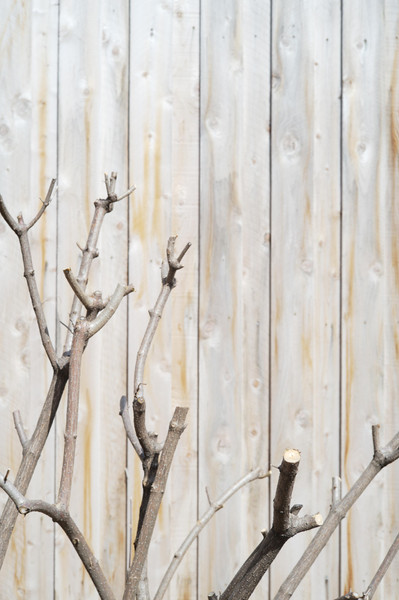Pruning Hydrangeas
Posted by Anita Anderson & Jessie Jacobson on Mar 26th 2021
If you are itching to get in the garden, but know it’s a bit too early, pruning a select variety of shrubs is a project you can tackle right now!
Pruning is important to overall plant health, appearance, and maintenance of its natural shape. Pruning also promotes fresh growth, encourages flowering, and fruit development. With regular pruning, the risk of disease and decline is greatly reduced as an open, healthy plant promotes good air flow.
Pruning shrubs can be a bit overwhelming at first, but with a little basic knowledge, you’ll be on your way!
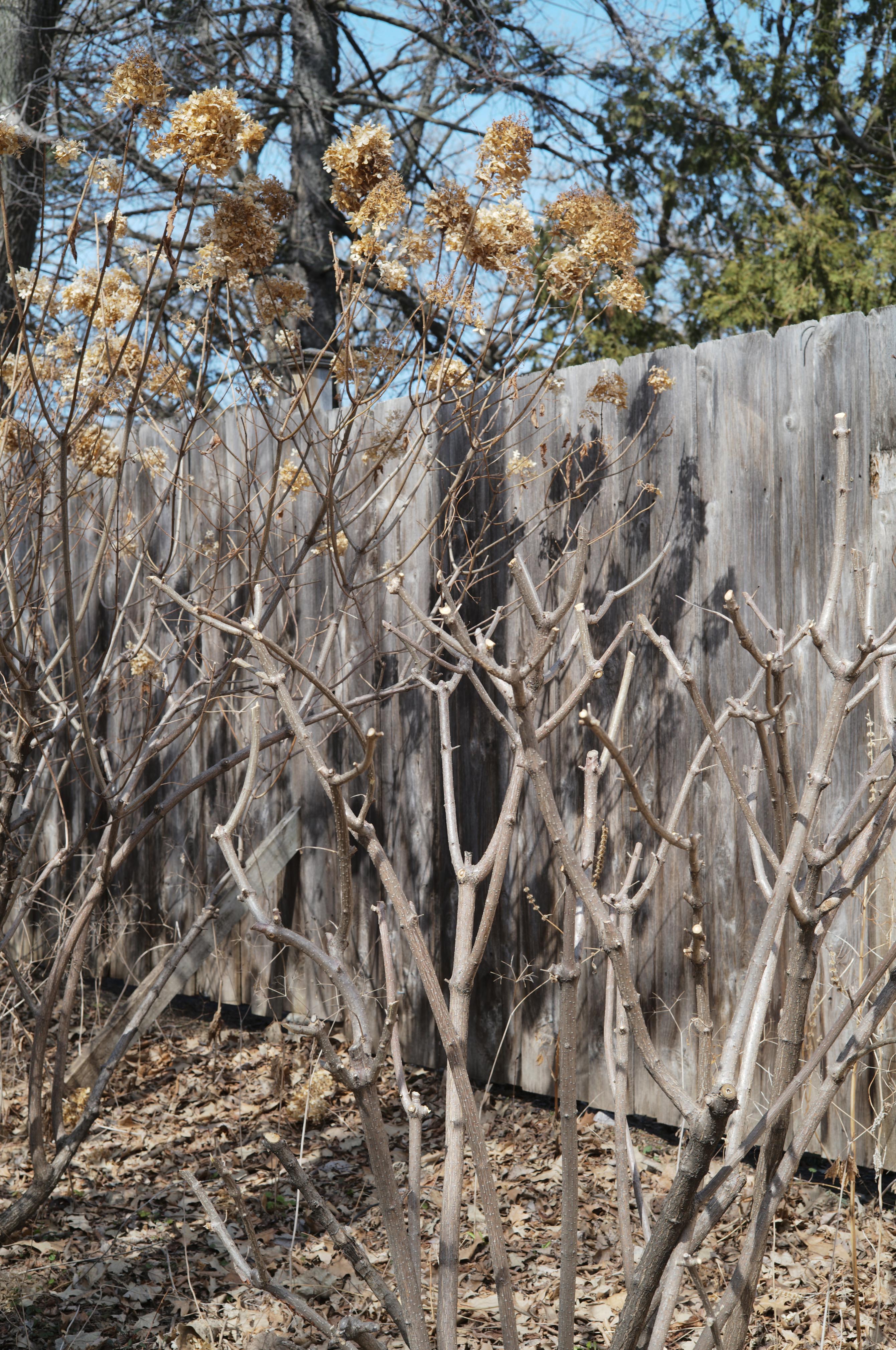
When to Prune?
Prune shrubs that bloom on new wood (buds are formed on new growth during the current growing season), in late winter or early spring. In our area, this is late March or early April. You may also prune this type of shrub in the fall, but most gardeners like to leave dried blooms for winter interest. Examples include:
- Panicle Hydrangeas (Limelight, Little Lime, Quick Fire, Little Quick Fire, Bobo, Vanilla Strawberry and Diamond Rouge)
- Hydrangea arboresces (Annabelle, Incrediball)
- Japanese Spirea
- Roses
- Japanese Barberry
- Summersweet
- Smokebush
- Cotoneaster
Prune shrubs that bloom on old wood (buds are formed the previous year and are ready to pop this growing season) late spring, summer, or fall. In general, prune these shrubs after they bloom and their flowers fade.Think spring bloomers! Examples include:
- Macrophyla Hydrangeas (ie. Endless Summer Series of Bloomstruck, Summer Crush, the original blue, Blushing Bride and Twist-and-Shout) blooms on both old and new growth.
- Forsythia
- Magnolia
- Mock Orange
- Lilacs
- Viburnum
- Ninebark
- Weigela
How to Prune?
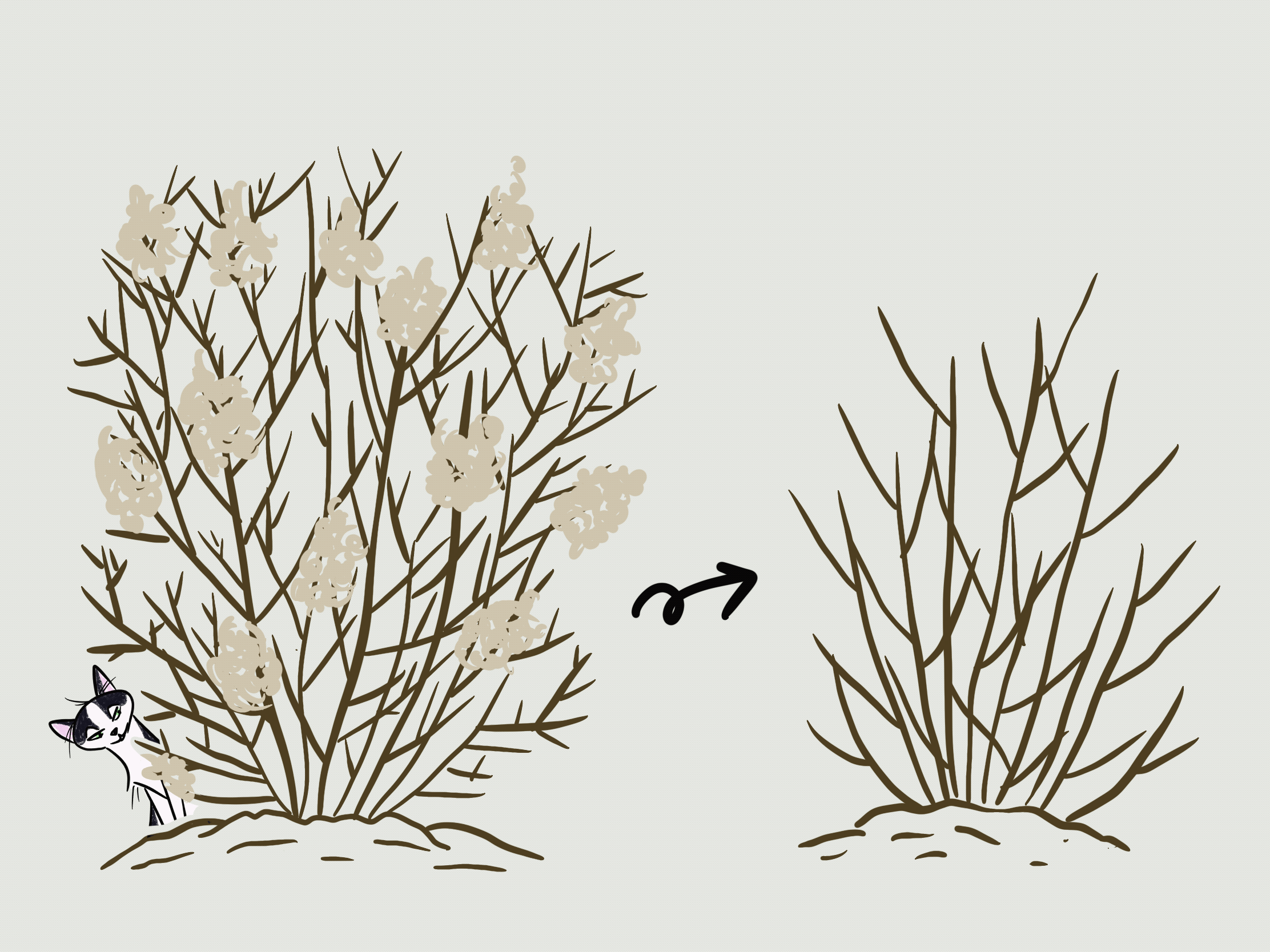
Remove
- Dead, damaged and diseased branches
- Unwanted branches (top 1/3, old blooms, duplicate/parallel, sprouts, rubbing branches)
- Overgrown smaller twigs and branches
- Thick old growth, to the ground, when renovating or refreshing.
- Once established, it is okay to remove 30% - 50% of your shrub with each pruning.
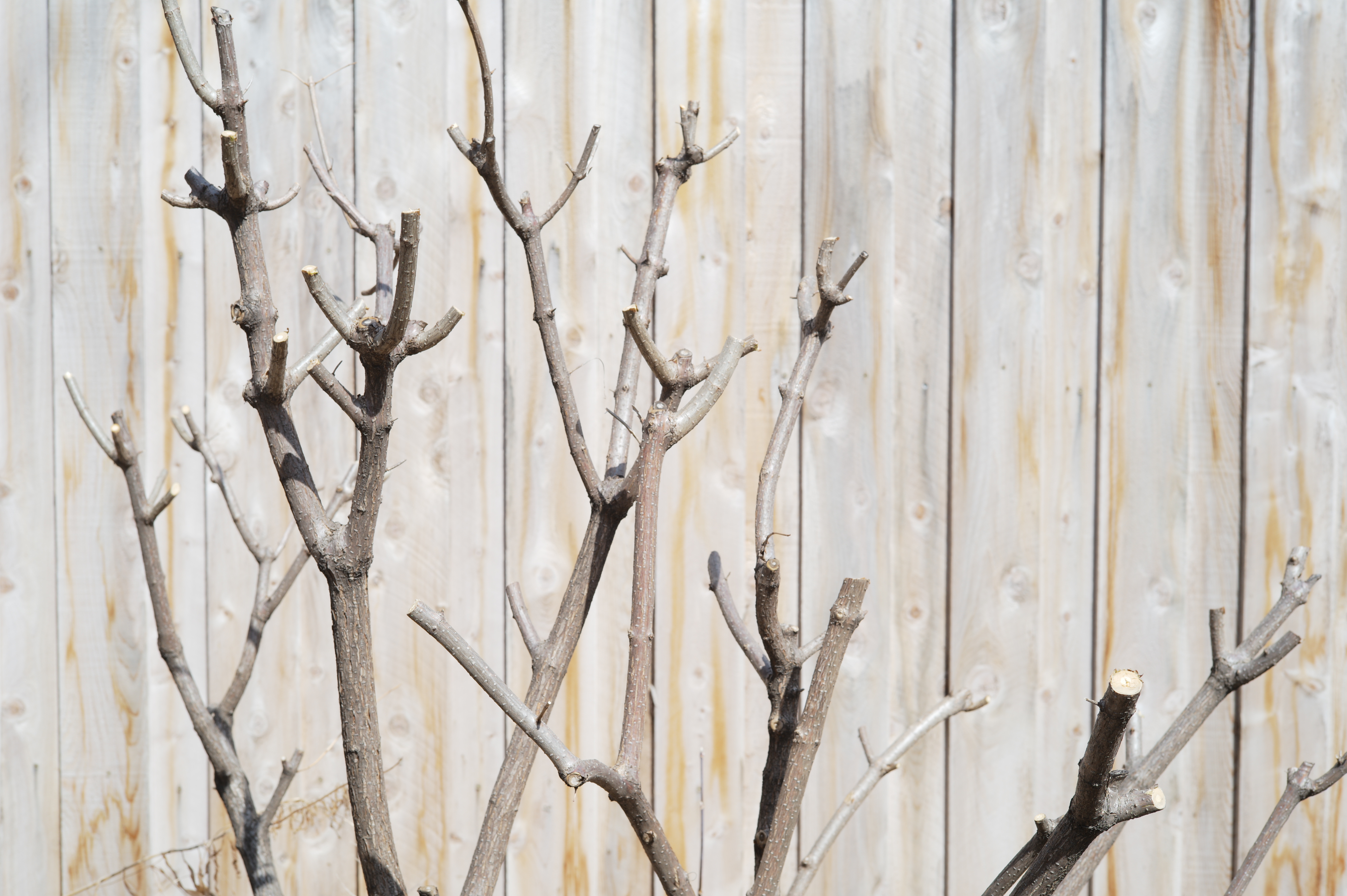
Make cuts
- At a 45-degree angle
- Just above a bud or set of leaves
- Just above a side branch
- At the node, where one branch or twig attaches to another being careful not to cut into the branch collar which functions to close off the wound at the cut.
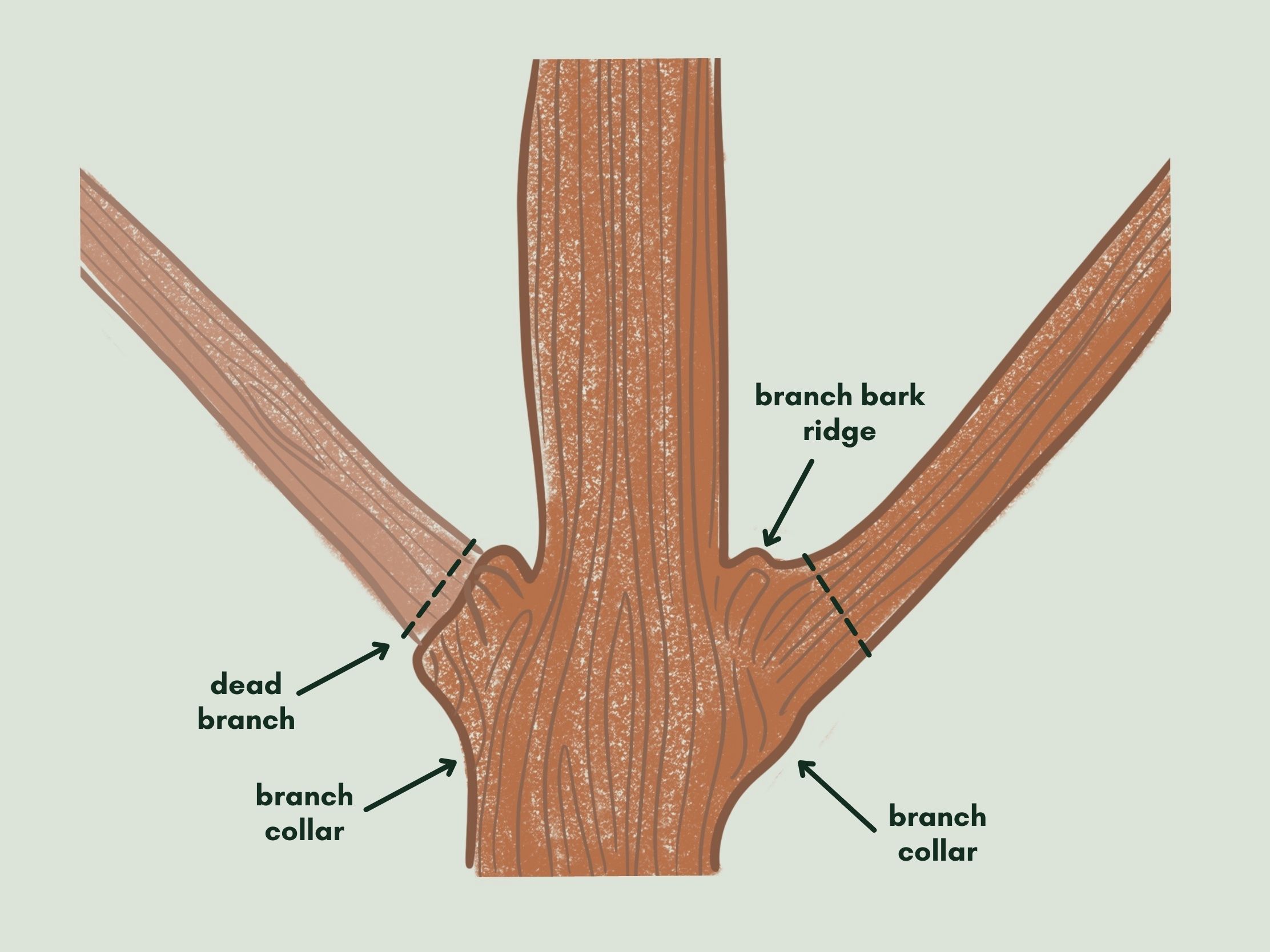
- All the way to the ground; a well-established shrub (one that is a few years old) will benefit.
from removing the oldest wood down to the ground, about 1/3 each year. This is called renewal pruning.
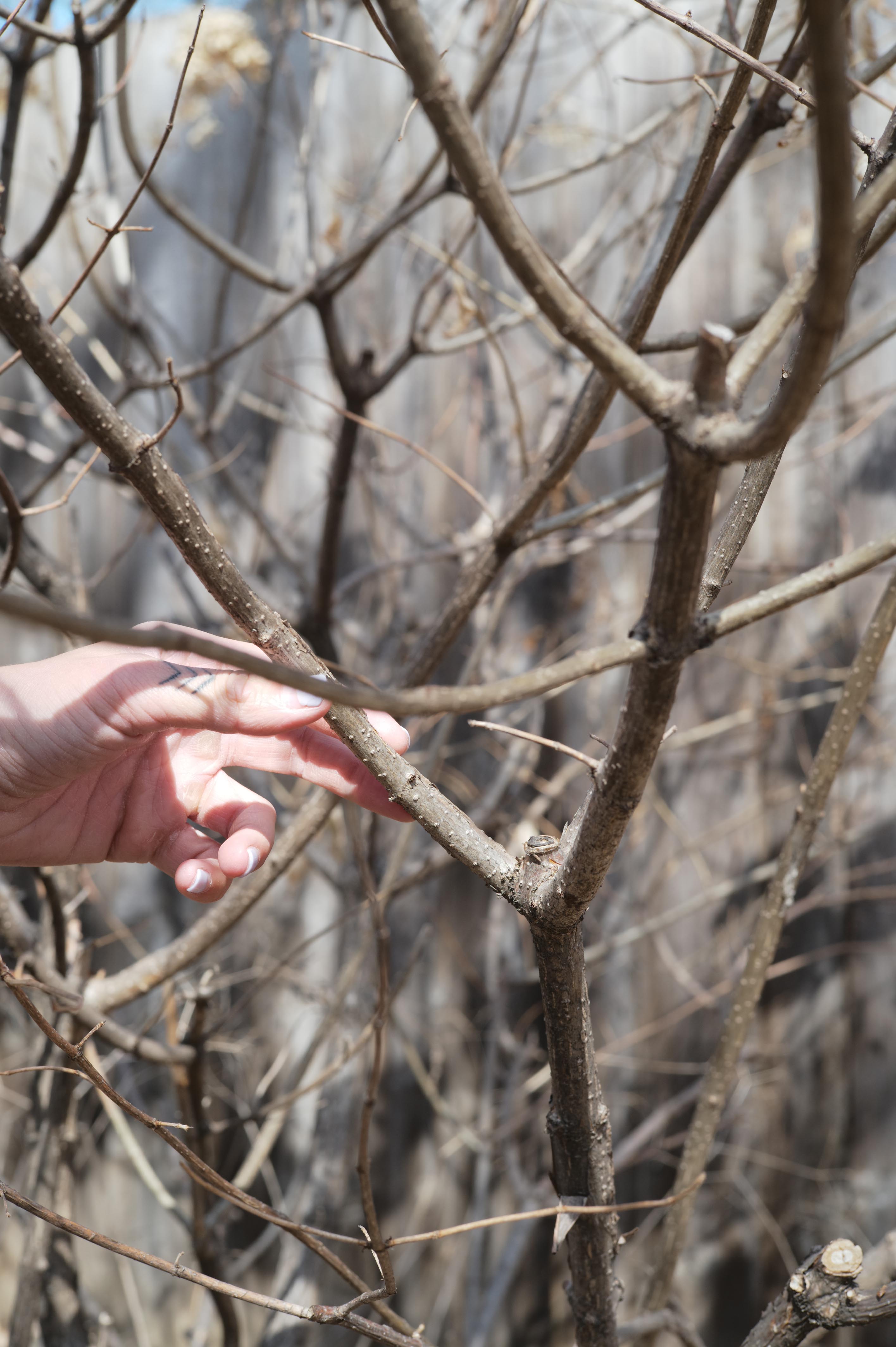
Remember, if you get the timing wrong, don’t worry. Shrubs are forgiving plants. You may go a season without blooms but, with proper timing, you can expect flowers the following year.
Happy Pruning!

